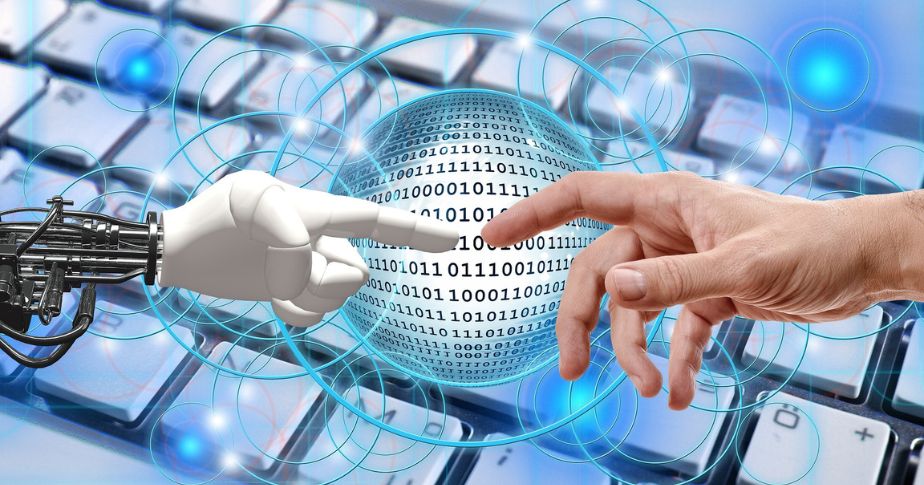From Dr Ana Mihalcea MD PhD @ Substack
TWNZ comment: An important insight into how the transhumanist agenda is already well underway, in particular the article demonstrates the use of hydrogel in this process. The "applications are already commercialized and in current use. Specifically Polyethylene Glycol, which is the lipid nanoparticle technology of the C19 bioweapon and is used as Hydrogel in medications like Insulin is a favorite inorganic hydrogel material to facilitate human-machine fusion".
Article intro by Dr Mihalcea:
"In this article, MIT researchers are discussing how to fuse humans with machines. I have reported that hydrogel has been found in all humans now, as well as biosensors like Quantum Dot technology. Many people do not want to face the reality that the transhumanist agenda of merging humans with machines has been underway and is currently happening in an advanced stage. The digital ID and surveillance under the skin can be seen in the blood in the form of Quantum Dot technology and hydrogel replacement of blood cells, forming rubbery clots. Nanotechnology can be used as a weapon of mass destruction for depopulation purposes or to create automaton cyborg slaves. Everything described in science and reviewed in this article, is already happening. Please review this very visual review article that clearly outlines that the purpose of hydrogel is to fuse humans with machines. You can see from the tables below that these applications are already commercialized and in current use. Specifically Polyethylene Glycol, which is the lipid nanoparticle technology of the C19 bioweapon and is used as Hydrogel in medications like Insulin is a favorite inorganic hydrogel material to facilitate human-machine fusion.
The last few decades have witnessed unprecedented convergence between humans and machines that closely operate around the human body. Despite these advances, traditional machines made of hard, dry and abiotic materials are substantially dissimilar to soft, wet and living biological tissues. This dissimilarity results in severe limitations for long-term, reliable and highly efficient interfacing between humans and machines. To bridge this gap, hydrogels have emerged as an ideal material candidate for interfacing between humans and machines owing to their mechanical and chemical similarities to biological tissues and the versatility and flexibility in designing their properties.
READ MORE AT THE SOURCE:
https://anamihalceamdphd.substack.com/p/hydrogel-interfaces-for-merging-humans?utm_source=substack&utm_medium=email
Image by Gerd Altmann from Pixabay

